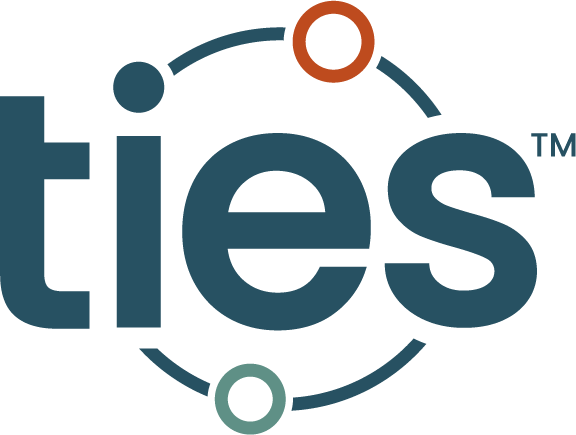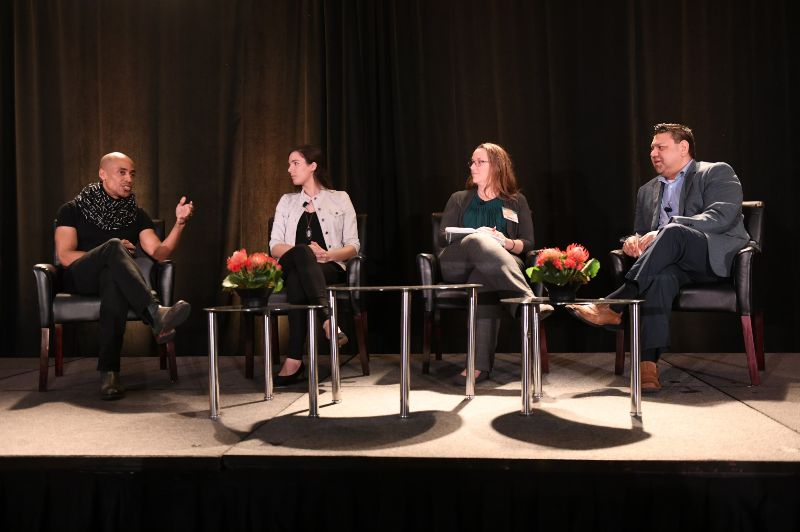Eliminate Barriers for Marginalized Students.
Kamau Bobb, a nationally recognized expert in STEM education and equity, said he wound up on the cover of brochures for almost every college he attended.
“At first, I thought it was because I was cute, and later realized that it was because of the color of my skin,” Bobb told a group of 500 STEM leaders attending the March 2020 STEM Learning Ecosystems Community of Practice (SLECoP) global convening in San Antonio. 
Bobb was one of three speakers on a keynote panel titled, “Inventing Tomorrow: Cultivating a New Generation of Problem Solvers” and sponsored by the Lemelson Foundation with support from Qualcomm Foundation. Bobb and other panelists are interested in creating conditions that will eliminate barriers for marginalized students and foster students’ ability to invent.
“You don’t take a white boy and put him on your school brochure to show diversity.
He went on to say that the expectation is that black kids can’t do it [achieve]. If they do, they’re like superheroes. Bobb warned the audience of the danger of such low expectations for children of color, in particular, black boys.
“I am always asked what I did to get where I am, but the reality is that I did my homework and turned it in just like everyone else,” Bobb continues.
Kamau Bobb warned the audience of the danger of such low expectations for children of color, in particular, black boys. “We must remember that marginalization is not a passive thing, it’s active,” he said. “Someone is culpable.”
Other panelists echoed that it is critical to address the factors that cause students to be kept on the outside. Engineer Katelyn Sweeny and Kristin Moon, a teacher with the Portland Public Schools, both agreed that teachers need to get out of the way of their students and act as allies for them.
Moon said it is important for educators to “be able to take small risks within their classrooms. Those risks enable students to aim higher and achieve more.”
The Lemelson Foundation has created an invention education framework intended to provide educators and others with a common understanding of invention education. That framework and numerous other resources to further invention education are being shared at the SLECoP convening.
Other Notable Convening Speakers
Nathanael De Leon was one of six students on a panel titled, “Student Perspectives: A Panel of Future Inventors, In novators and Entrepreneurs.” He is a San Antonio seventh grade student who was born without his right hand. His classmates designed and printed a robotic hand for him that now enables him almost total mobility.
novators and Entrepreneurs.” He is a San Antonio seventh grade student who was born without his right hand. His classmates designed and printed a robotic hand for him that now enables him almost total mobility.
Co-panelist student Alicia Amber De Hoyos urged leaders to reform the educational system. “The school system is still the same way it has been for more than 100 years. Our school system needs to advance too,” De Hoyas said.

San Antonio students participated in an “Invention Convention” sponsored by the Henry Ford Museum with support from the Lemelson Foundation and others. Students showed off their inventions to leaders of the STEM Learning Ecosystems with the hope of winning prizes and the right to advance to a national competition.


